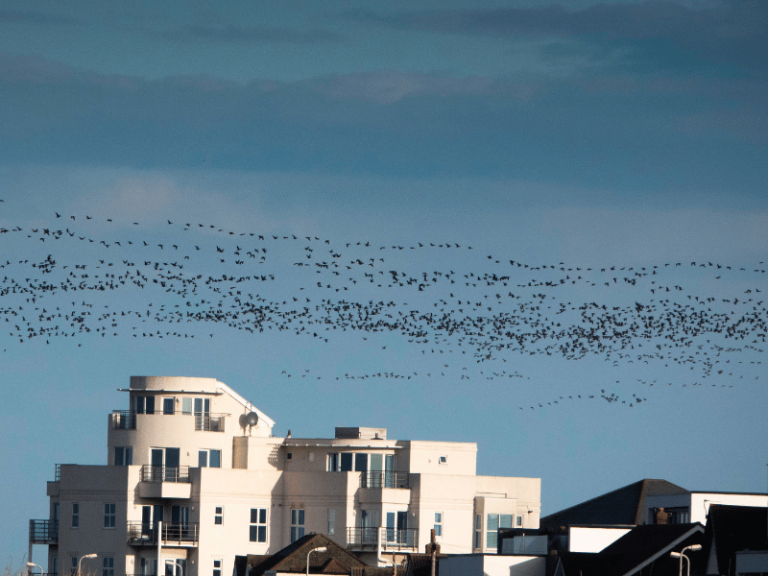Migratory birds in the Northern Hemisphere fly to the equator to winter and return north in the summer for mating, nesting, laying eggs, and raising their young. Northeastern China is one such homeland for migratory birds.
So, why do migratory birds choose northeastern China for breeding and reproduction? What special attractions does this region offer? A glance at the map easily reveals the answer. Northeastern China is bordered by the sea: to the south by the Yellow Sea and Bohai Sea, to the east by the Sea of Japan, and to the north by the Sea of Okhotsk in the Soviet Union. This fertile land often receives abundant moisture from the sea winds. Therefore, although the winters in the northeast are relatively cold, the temperatures are not lower than those in southern China. It traditionally rains every three days and snows every five days, with favorable weather patterns. This climate promotes lush forests, such as those in the Changbai Mountain region in the east and the Greater and Lesser Khingan Mountains in the north, making these areas renowned timber supply zones. This undoubtedly provides an excellent habitat for birds to nest and breed.
Secondly, the central part of the northeast has the Songliao Plain, which is an extensive agricultural area, second only to the North China Plain and the Yangtze-Huai Plain. The numerous rivers in the northeast crisscross like a network and are visible everywhere. The rainy summers lead to an abundance of insects, providing ample food for migratory birds.
Thirdly, the northeast has longer daylight hours compared to other regions. The main part of the northeast lies between 40-45 degrees north latitude. In Shenyang, the summer daylight exceeds 16 hours, and in Heilongjiang Province, it exceeds 17.5 hours. The longer the daylight hours in summer, the more time there is each day to feed the nestlings, which is especially beneficial for their growth. According to scientific research, nestlings digest food more rapidly than adult birds; as long as their appetite is satisfied, they can fly within ten days of hatching. At the time of fledging, the nestlings’ weight reaches the level of adult birds. Nestlings can double their weight every three days. This astonishing growth rate is directly proportional to the adequate supply of food and the length of daily feeding time. The natural conditions in the northeast perfectly meet the requirements of migratory birds.
Since the northeast is a coastal region, the migratory routes and branches are very close. When migrating north, it is easy to find nesting places; when migrating south, it is easy to rejoin the main migration group. In summary, the northeast provides all the favorable conditions that migratory birds seek for their livelihood. Therefore, at the beginning of summer, large flocks of migratory birds fly to this region. It’s no wonder that during this season, the forests, grasslands, mountains, and rivers of the northeast are filled with the songs of birds. After the start of summer, the warm winds, abundant rainfall, and blooming flowers cover the entire land, rivaling the scenery of southern China. Hence, northeastern China has become a paradise for migratory birds in China.

